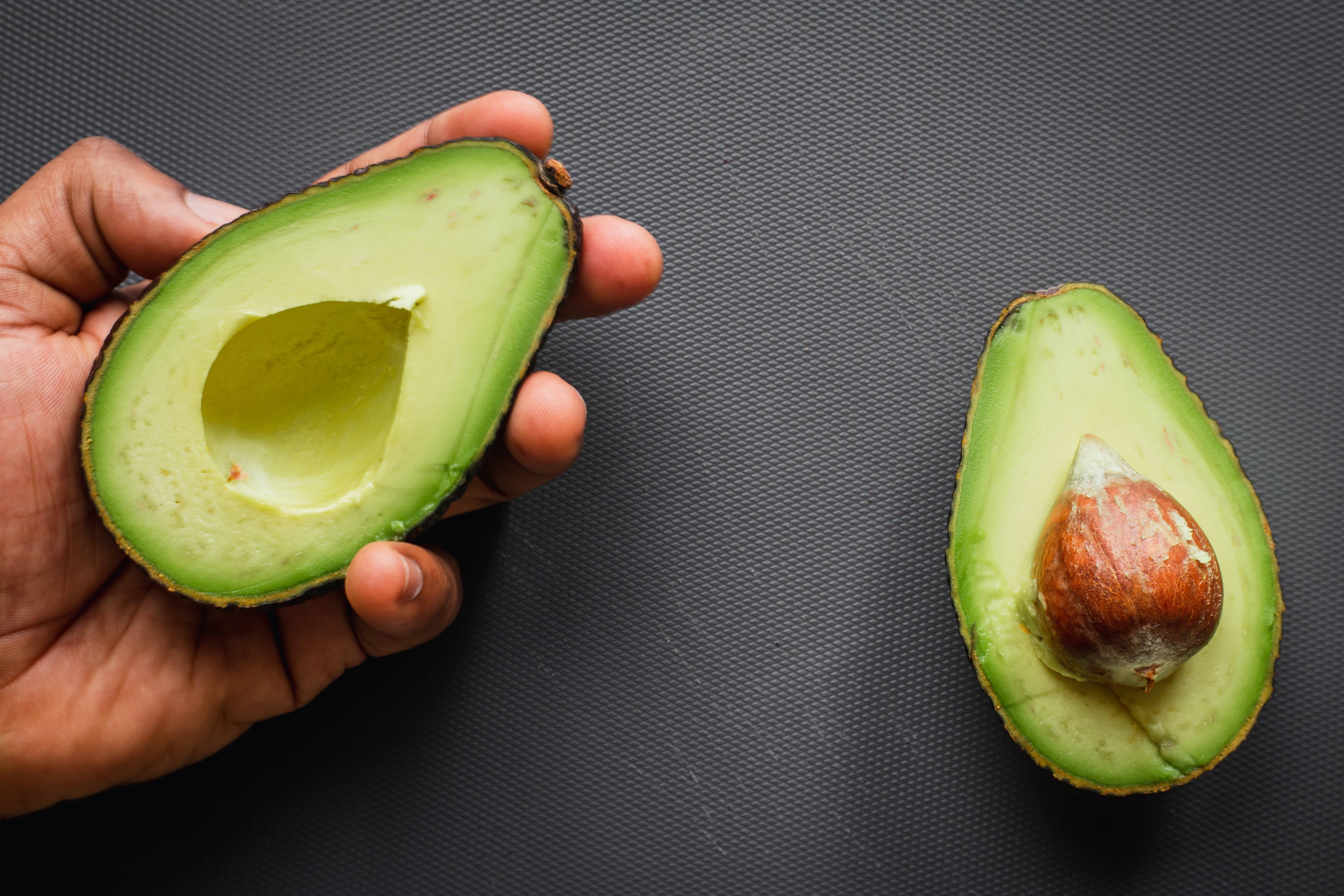Avocados-The Green Fruit
TEXARKANA, Ark. –
In 1519, Hernando Cortez, Spanish soldier of fortune, discovered this most versatile fruit of the New World, the avocado. Next the fruit appeared in the West Indies, where new varieties developed. It was in these tropical islands in 1751 that a young traveler named George Washington encountered the avocado, although he called them govago pears.
The avocado is classified as a fruit and is known for its lush, buttery texture and mild, faintly nutlike flavor. Eaten in its most sublime form, not only does it taste good, but it is good for you, despite what once was believed about this fruit due to its high fat content.
Phytochemicals or substances in our food that researchers believe may play a role in the prevention of certain degenerative diseases like heart disease and cancer, is abundant in the avocado.
Avocados are a rich source of Vitamins C, E, and B6, folate, potassium, and magnesium; plus, they are sodium and cholesterol free. Ounce per ounce, avocados have the highest fiber content of any other fruit. And the fat? It still has more fat than an orange, but the fat is mostly “good” monounsaturated fat, which may also help lower blood cholesterol. In addition, avocados contain only 138 calories per 4 ounces, making them a fairly low-calorie food as well.
All being comparable in nutrition, there are numerous varieties of today’s avocado that can range from round to pear-shaped. The skin can be thick to thin, green to purplish black and smooth to corrugated. The flesh is generally a pale yellow-green and soft.
The two most widely marketed varieties are the pebbly textured, almost black Haas and the green Fuertes, which as a thin, smooth skin. The Haas is distinctive for its skins that turns from green to purplish-black when ripe. While the Fuertes is the original high-quality avocado and has a smooth green skin. Both varieties have an internal appearance of a pale green, creamy texture.
My personal favorite is the Haas, but other varieties include the Fuertes, Reed, Bacon, Pinkerton, Zutano, and Gwen. Depending upon the variety, an avocado can weigh as little as 3 ounces and as much as 4 pounds.
Like many fruits, avocados ripen best off the tree. When choosing an avocado, it should yield to light pressure, but firm, unripe avocados are what are usually found in the market. Select those that are unblemished and heavy for their size. To speed the ripening process, place several avocados in a paper bag and set aside at room temperature for 2 to 4 days. Ripe avocados can be placed in the refrigerator several days.
If you are fortunate to have an abundant supply, they can be frozen for later use. They will not be frozen satisfactorily whole or sliced; they are best frozen as puree for use in salads, sandwiches and dips. For better quality add one fourth teaspoon ascorbic acid to each quart of puree or add one tablespoon lemon juice for two avocados. Pack into container, leaving headspace. Seal and freeze.
Once avocado flesh has been exposed to the air, it tends to discolor rapidly. To minimize this effect, it is always advisable to add cubed or sliced avocado to a dish at the last minute. When a dish containing mashed avocado, such as guacamole, is being prepared, the addition of lemon or lime juice helps to prevent the discoloration.
To open an avocado without losing any of its succulent flesh, cut the avocado lengthwise around the seed. Next, twist the halves in opposite directions to separate. Then slip a spoon between the seed and the fruit and work the seed out. To remove the skin from the fruit. Slip a spoon between the skin and the fruit and scoop away the peel.
Once you have that avocado peeled, remember there is more than just guacamole to be made. Here are a few innovative ideas:
- Add diced avocado to scrambled eggs
- Fold in diced avocados to an omelet
- Top a baked potato with a few spoonsful of mashed avocado instead of butter
- Grill slices of avocado on the grill brushed with lime juice
- Top soups with slices of avocado instead of crackers or cheese
- Add a few slices to any favorite sandwich
- Instead of guacamole with your fajitas, use sliced avocado.
For more information, contact the Miller County Extension Office, 870-779-3609 or visit us in room 215 at the Miller County Courthouse. We're online at cdue@uada.edu, on Facebook and Twitter @MillerCountyFCS or on the web at uaex.uada.edu/Miller.
By Carla Due
County Extension Agent - FCS
The Cooperative Extension Service
U of A System Division of Agriculture
Media Contact: Carla Due
County Extension Agent - FCS
U of A Division of Agriculture
Cooperative Extension Service
400 Laurel Street, Suite 215 Texarkana AR 71854
(870) 779-3609
cdue@uada.edu
Related Links
The Arkansas Cooperative Extension Service is an equal opportunity institution. If
you require a reasonable accommodation to participate or need materials in another
format, please contact your County Extension office (or other appropriate office)
as soon as possible. Dial 711 for Arkansas Relay.
Pursuant to 7 CFR § 15.3, the University of Arkansas System Division of Agriculture
offers all its Extension and Research programs and services (including employment)
without regard to race, color, sex, national origin, religion, age, disability, marital
or veteran status, genetic information, sexual preference, pregnancy or any other
legally protected status, and is an equal opportunity institution.
